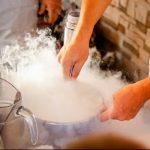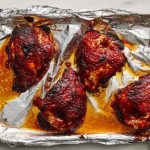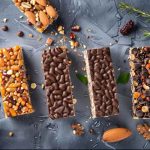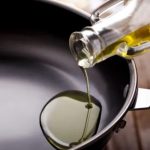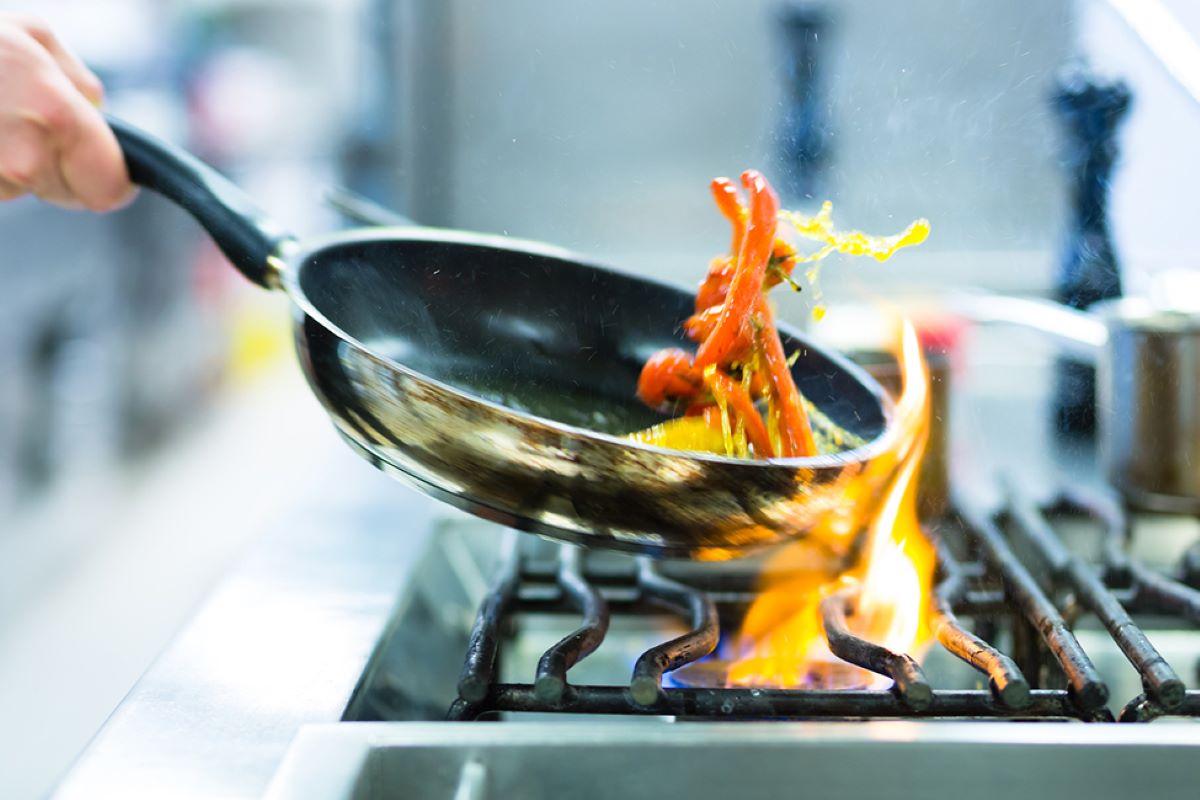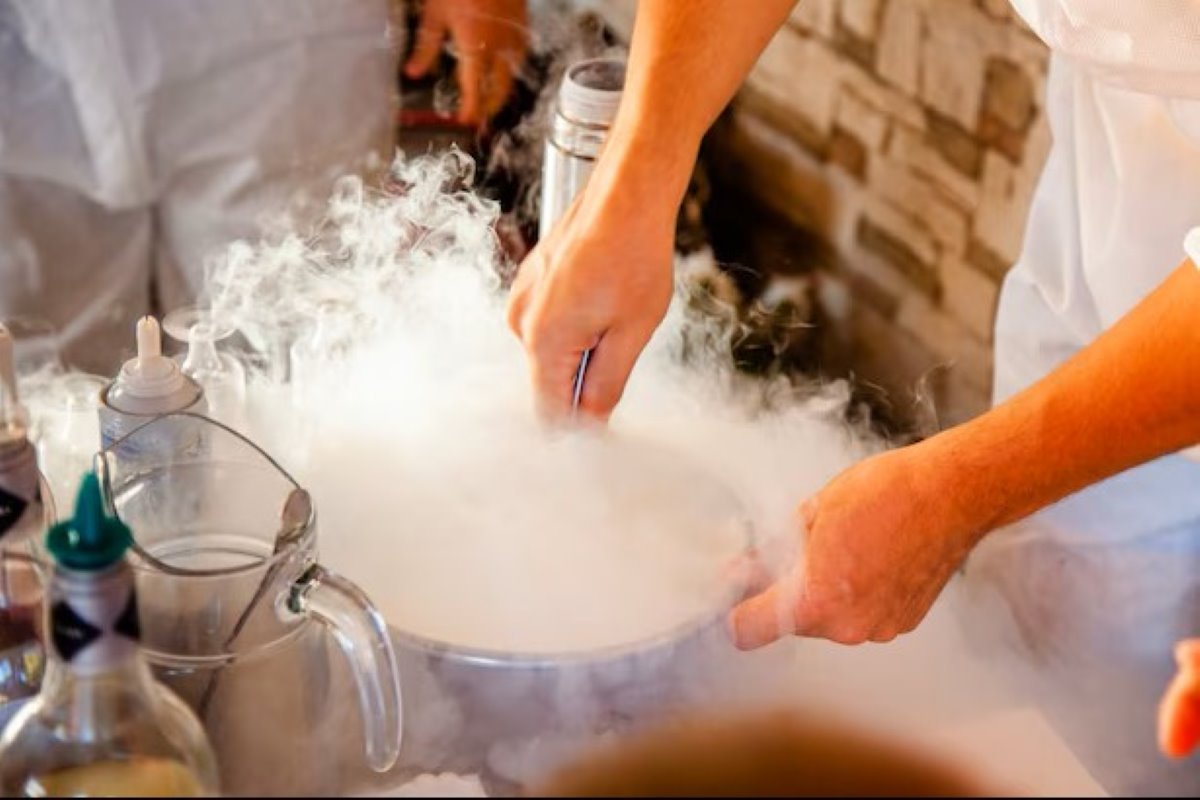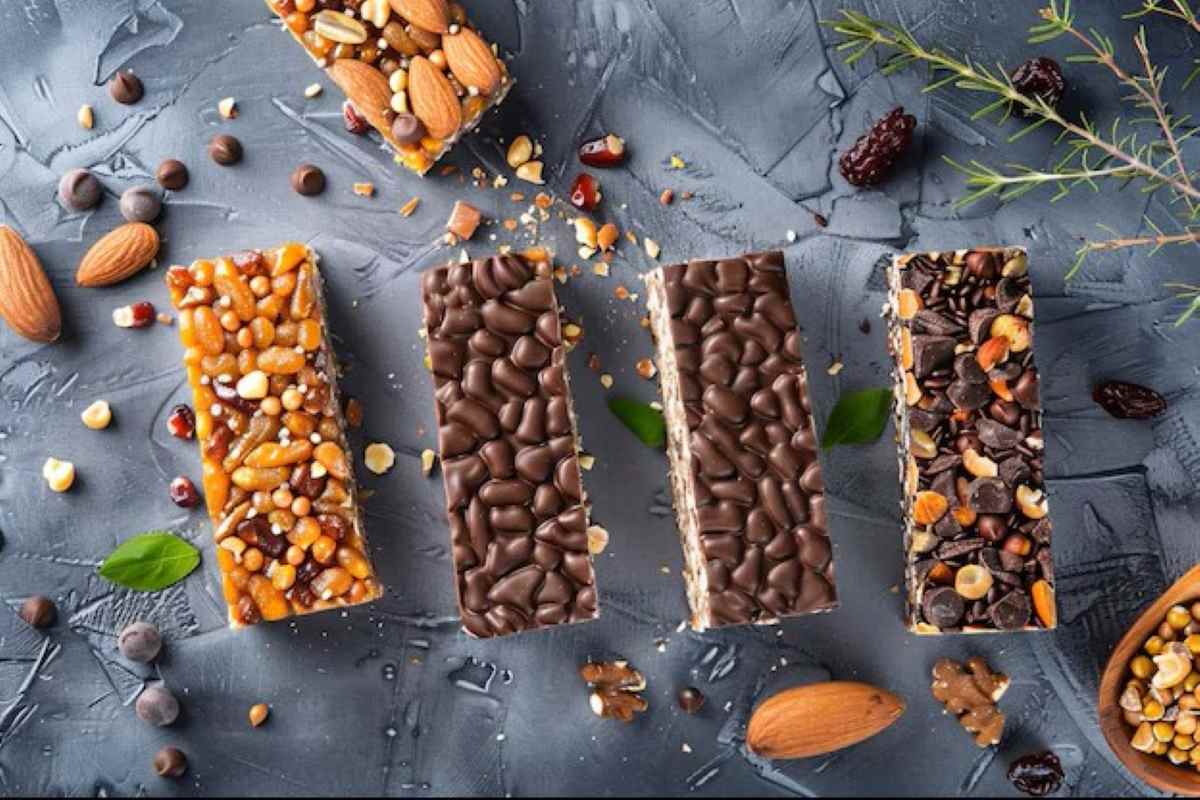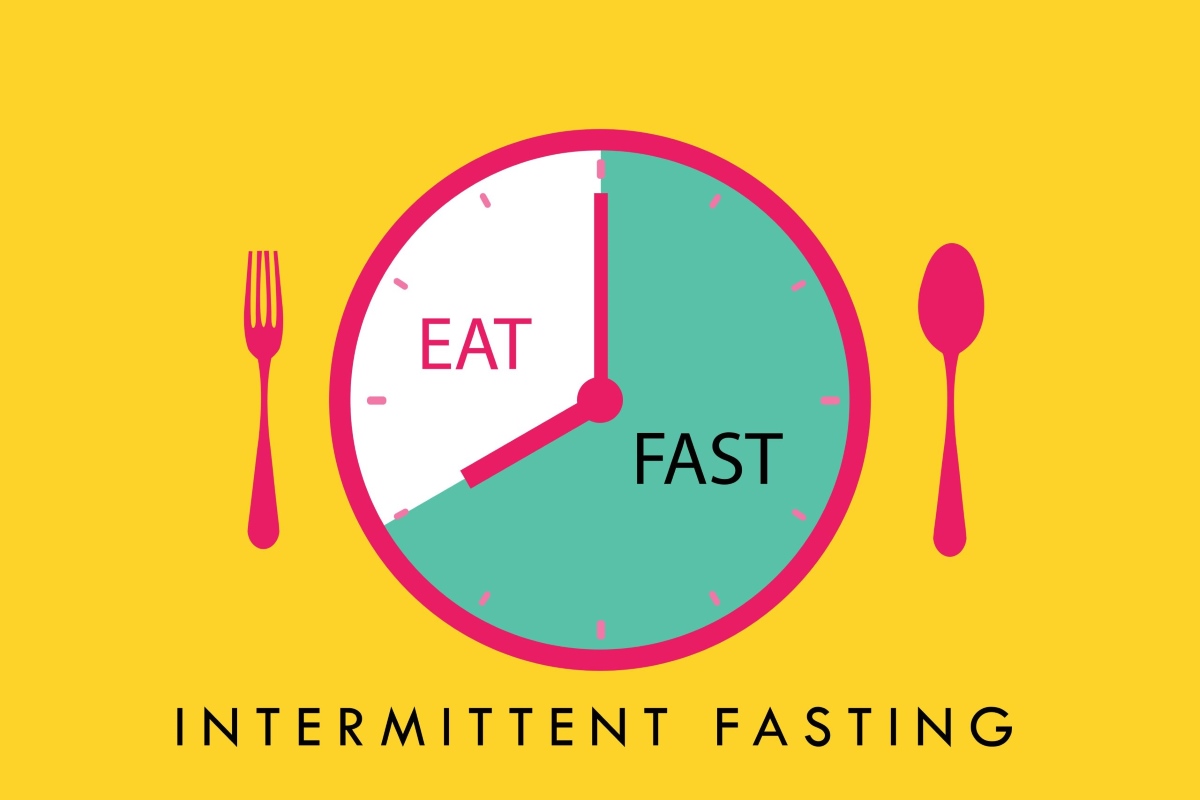Should nutrient loss during cooking be something to worry about? As the proverbial saying goes, “The end does not always justify the means.” Folks on a pro-health diet may regularly load their plates with veggies. However, when meals are prepared wrong, the dish may lose some essential nutrients during cooking.
So, eating healthy meals may not cut it. All your healthful diets and routines might be futile if the cooking of the meals is not done right.
Our goal here is not to send special and healthful diets to the curb. For one, cooking, for example, makes some foods more palatable and digestible. However, we want to help you identify the most sensitive nutrients present in food materials and nutrient retention tips during meal preparations. This piece will also focus on the best cooking methods and nutrition for some specific foods.
Which Nutrients Are Most at Risk?
It is a given that the preparation of most meals often involves some form of processing. For the sake of simplicity, food processing is the process that raw food materials undergo before ending up on our plates. So, processing in this context transcends a whole gamut of activities like washing, drying, steaming, boiling, frying, etcetera. Interestingly, most nutrient loss during cooking often revolves around the same category of nutrients, irrespective of the food items involved.
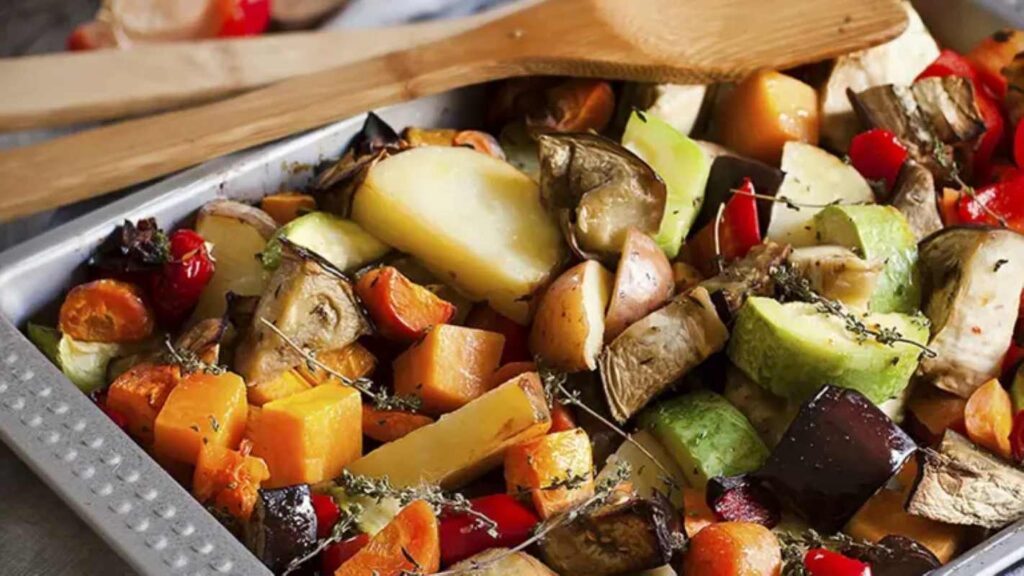
For example, we shall hereafter list some nutrients that are very easy to lose during meal preparations, if not handled mindfully.
- Fat-soluble vitamins (A, D, E, K)
- Water-soluble vitamins (vitamin C, B-complex)
- Heat-sensitive antioxidants and phytonutrients
- Minerals (mostly sodium, potassium, calcium, and magnesium)
The three categories of nutrients listed above are most susceptible to loss during meal preparation; fat-soluble vitamins have been touted as the most stable. This understanding will go a long way in helping you preserve vitamins in food.
ALSO READ: 4 Ways to Eat Sustainably Without Breaking the Bank
How Cooking Methods Impact Nutrient Levels
Now, let’s assess specific cooking methods and how they impact food nutrient levels. Understanding the peculiarities of these cooking methods should reveal how to cook healthy meals with minimal nutrient losses.
1. Boiling
Boiling usually involves heating food in water at 212°F (100°C). This cooking method causes water-soluble nutrients and minerals in foods like vegetables, tubers, or seafood to leach into the heating medium. However, if the meal involves serving up the broth, the consumer may still benefit from some of the nutrients.
2. Steaming
Steaming is often affirmed as one of the best ways to cook vegetables. A plus of this cooking method is that non-volatile and water-soluble nutrients do not run off with the water, since the food is not submerged in water. Steaming involves cooking food over the hot vapor generated when water boils. Relative to boiling, steaming has been found to cut vitamin C loss in cooking by up to 15%.
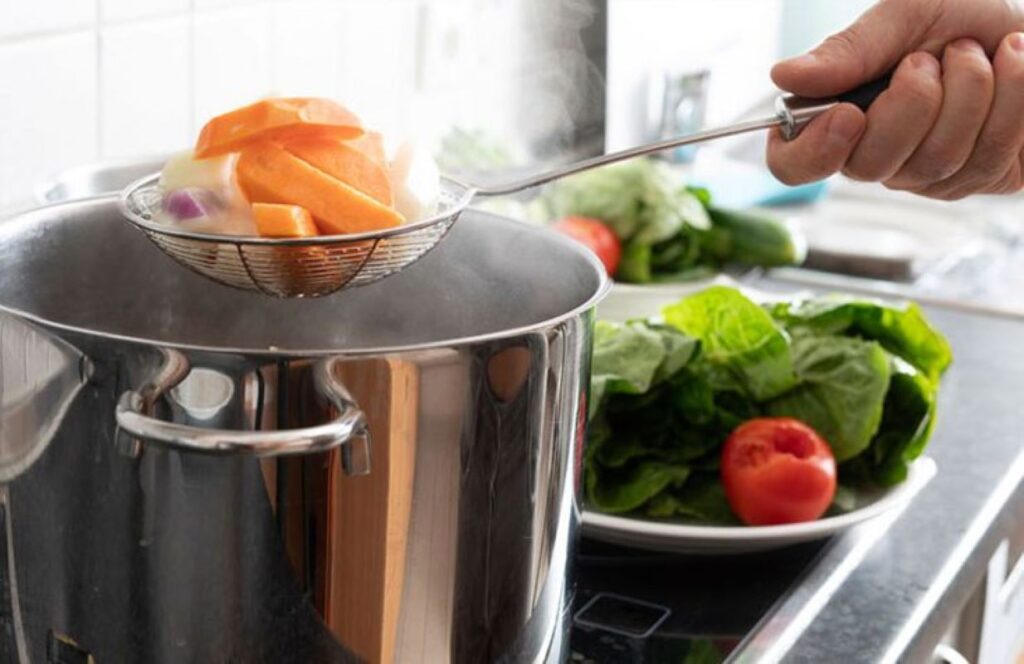
3. Roasting
Unlike boiling and steaming, which cook food with wet heat, roasting often involves cooking food in an oven over dry heat. Roasting, of say, meat, involves exposure to high temperatures for multiple hours. This process is great for retaining minerals and vitamins. However, the heat-sensitive B-complexes may be depleted by as much as 38% during meat roasting.
4. Sautéing
Remember how scrambled egg is made, with just a little butter or oil and on low heat? That is the epitome of food sautéing. It is one of the best ways to cook vegetables and one of many healthy cooking techniques for other foods. Low heat and moistureless cooking retain nutrients. Sautéing even makes nutrients like carotenoids in carrots and tomatoes’ lycopene available for digestive absorption.
5. Pressure Cooking
Unlike traditional boiling, which often involves uncontrolled wet heat application, the heat and pressure around food are controlled during pressure cooking. Multiple studies suggest that the short cooking time and high temperatures of pressure cooking help with nutrient retention. Conversely, other studies affirm that this method could deplete vitamin C.
6. Microwaving
Cooking food in a microwave oven has been widely debated over the years. However, some studies suggest this cooking method is one of the safest for certain food categories. For example, it was discovered that food antioxidants, which are heat-sensitive and beneficial to human health, are best preserved by microwaving.
Smart Cooking Tips to Minimize Nutrient Loss
Some folks may consider food science for home cooks as overrated. Others may affirm they have a good handle on cooking and nutrient degradation. However, one attribute that stands out among most professional chefs is their penchant for active skill development.
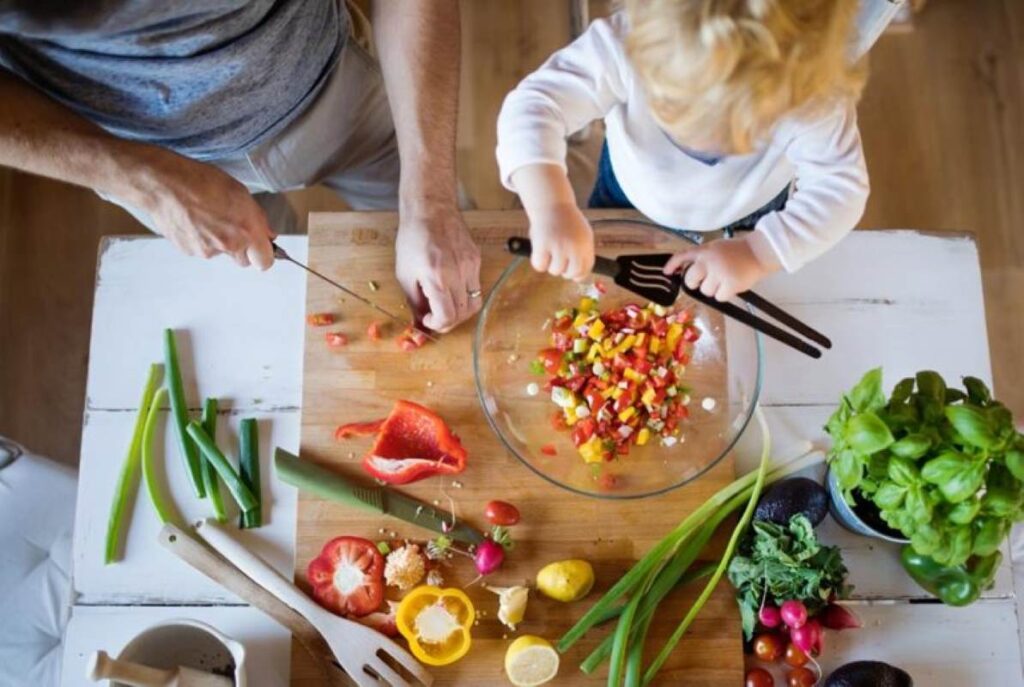
So, here are some tips for minimizing nutrient loss during cooking. These kitchen nutrient tips include, but are not limited to, the following:
- Cover pots and sauce pans to retain heat and steam.
- Avoid overcooking by not limiting the assessment of doneness to timing alone. Also, adopt visual cues.
- Use minimal water volumes for cooking, and where possible, avoid discarding such water. Instead, reuse for other dishes, say, in the preparation of soups.
Should You Always Eat Raw?
While cooking and nutrient degradation are a thing, nutrient loss during cooking is not enough excuse to eat some food items raw. While eating raw makes all the nutrients present in the food available for digestion, the product may be downright unpalatable. Just imagine eating a raw cut of steak without cooking. There’s also the danger of exposure to foodborne pathogens in some raw food items.
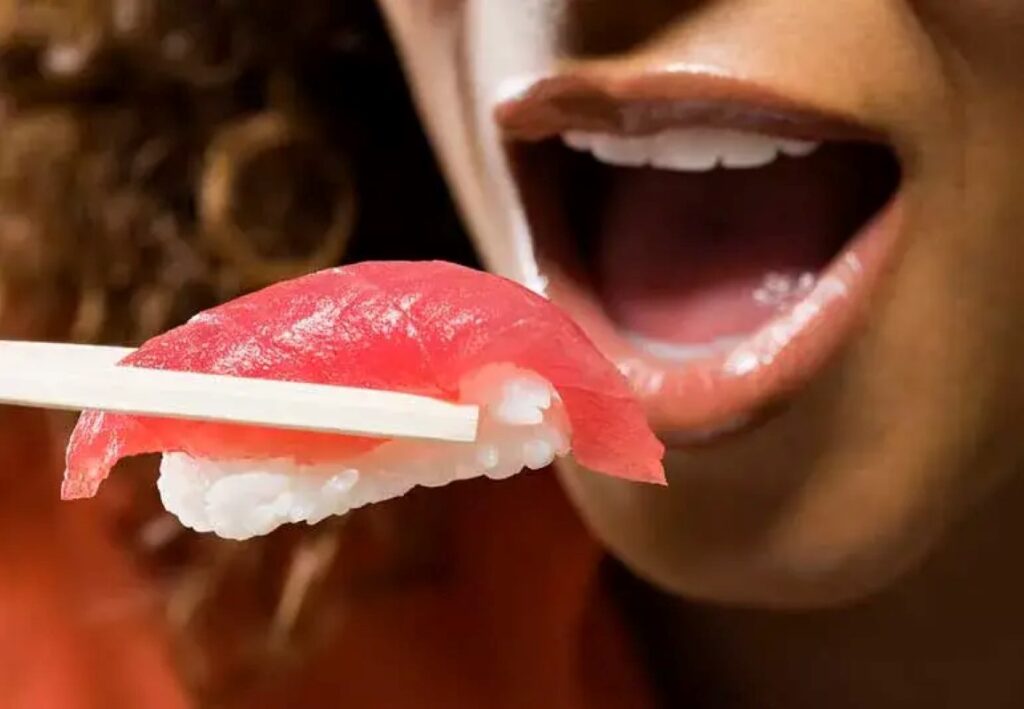
Like in almost every facet of life, balance is better than extremes, as with healthy cooking techniques. You can afford to jettison the idea of cooking entirely with palatable raw foods like vegetables. However, in other instances, cutting your nutritional loss is inevitable.
ALSO READ: Can Food Affect Your Sleep Patterns? What Science Says About What You Eat Before Bed
Best Practices for Everyday Cooking
The best kitchen nutrition tips incorporate food science for home cooks. These practices not only cut nutrient loss during cooking but also make it possible to keep food (raw and cooked) nutrient-stable for as long as possible.
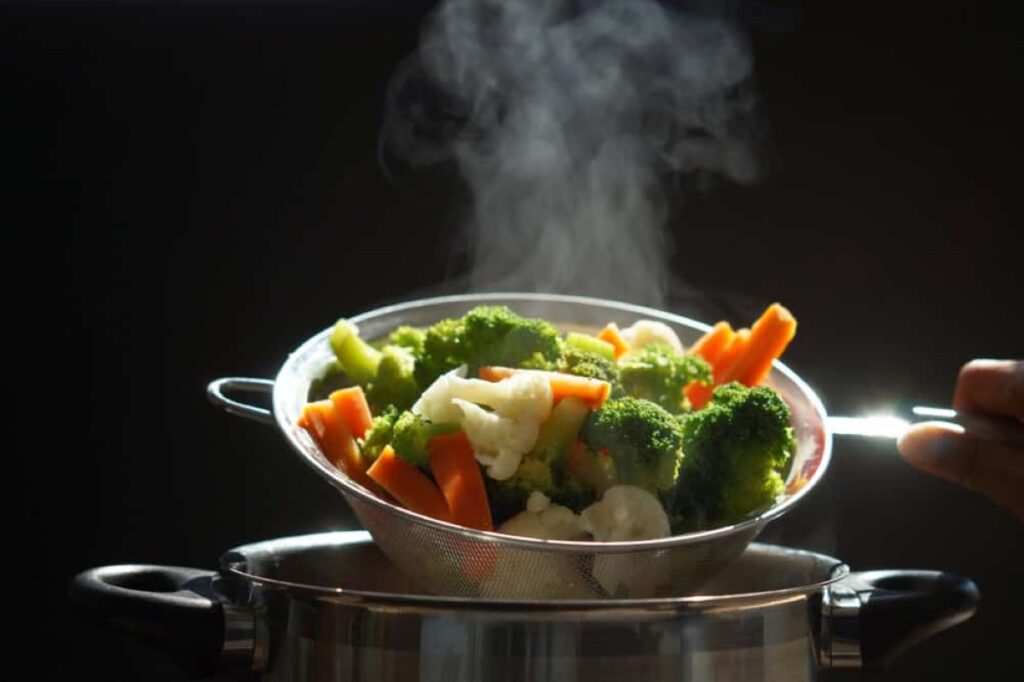
The following tips and best cooking practices should come in handy for striking the right balance between food doneness and nutritional integrity:
- Cook food in batches and refrigerate properly. This retains nutrients for longer and cuts down wastages significantly.
- When cooking delicate foods, steer clear of high-heat oil frying.
- Wait till you are ready to cook before chopping or dicing up food items.
Yes, there’s no questioning that nutrient losses occur during cooking. However, cooking is mostly a value-adding process that often transforms raw food into delicacies. Also, no rulebook says you must limit your meal preparations to one cooking method. Let your kitchen preserve health, not just create it.

